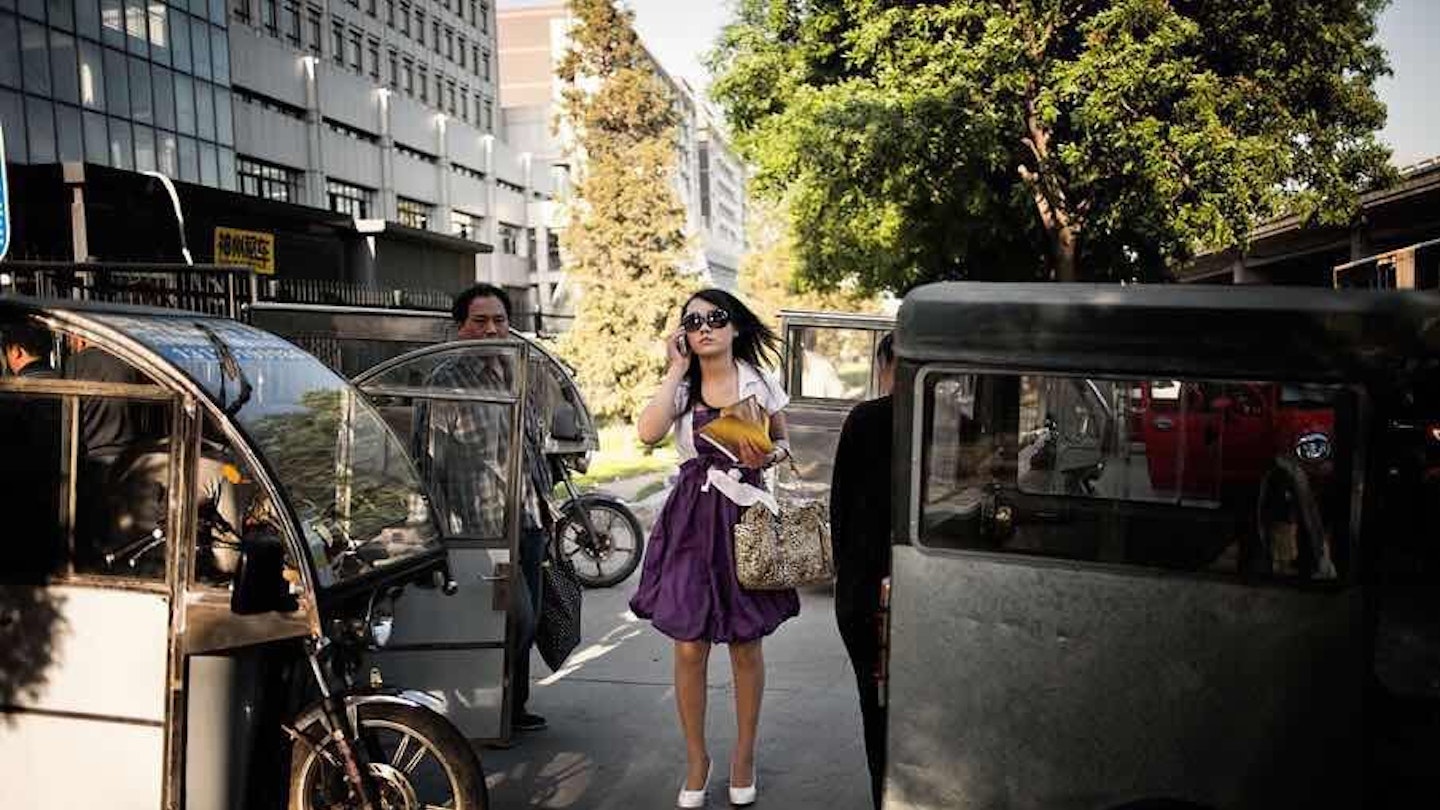Since economic reforms began in 1979, China has grown to become the world’s largest economy and is home to 650 million women; the largest female population in the world. It has the highest percentage of self-made female billionaires, and as of 2011, more women in China graduate with bachelor’s degrees than men. In a country where, until fairly recently, women had few personal, social, economic, and even bipedal freedoms (see: foot binding), this is all a very big deal. One of its most significant side-effects has been that marriage – once the cornerstone of a woman’s life – has become discretionary.
Instead of getting married as soon as they are of age to be wed, educated, professional, Chinese women are choosing different timelines for their young adult years. They are focusing more on getting graduate degrees, traveling or working abroad, starting their own businesses, or cultivating careers and communities of friends, rather than making marriage their sole priority. While this trend is completely in line with a similar shift that has happened in most parts of the developed world, it has an extra layer of complexity in China, where starting in 1979, the one-child policy, when combined with China’s traditional preference for sons, has led to a whopping gender imbalance. According to the Chinese Academy of Social Sciences, by the year 2020, there will be 20 million more men of marriage age than women. While this may sound like a delightful bounty of bachelors, the numbers are misleading.
A closer look at China’s gender imbalance shows that it is not evenly spread across the country. There are rural regions of the country where the sex ratio at birth is as high as 160 males to every 100 females, and others – urban areas, especially – where the imbalance hasn’t surpassed 120 males for every 100 females born per year. This means that overall, many of China’s “surplus” men were born and have remained in the poorer areas of the country. Known as guang gun or “bare branches” in reference to the fact that they are unlikely to ever wed and be able to produce offshoots of their own, they exist at the bottom of the marriage barrel.
On the other side of that coin are China’s “surviving” daughters – women born into families who chose to keep a girl, despite a traditional preference for boys. Given the unique circumstances of their birth, these women – many of them only daughters – were given unprecedented family resources and access to education. As a result, their timelines for young adulthood have shifted and China has become home to a growing population of shengnu or “leftover women,” an unsavory term used to describe any woman in China who has transgressed her socially imposed sell-by date and has failed to get married by age 27. Born or living primarily in urban areas, these women are symptomatic of a country whose economy has evolved much more quickly than its culture, and where older generations – namely, parents and grandparents – are still re-calibrating to their country’s new economic and demographic reality.
The result is a mounting social quagmire: a generation of millions of young women in limbo, torn between past and future, born into a country advancing rapidly on the world stage, yet held to marriage timelines that seem straight out of a Jane Austen novel. As factory workers in the 80s and 90s, women have been an integral part to China’s rise, and as increasingly well-educated urban professionals who have swapped smokestacks for syllabi, they are well poised to facilitate China’s transition from the manufacturing capital of the world, to a more knowledge-based economy. Failing to recognize their economic potential puts China at risk of not only being left over, but left behind.
Leftover in China, by Roseann Lake, is published by W.W. Norton & Company (£20.00)
